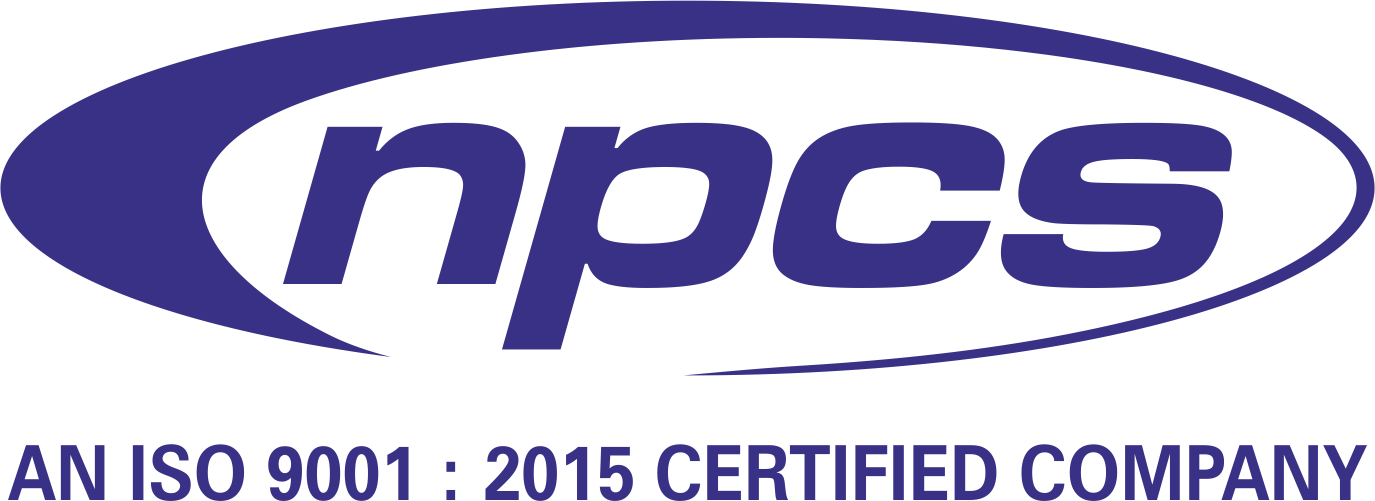Hot dip galvanizing is a widely adopted method of protecting steel and iron from corrosion by coating them with a layer of zinc. The demand for galvanized steel continues to rise due to infrastructure growth, industrial development, and the expanding automobile sector. Starting a Hot Dip Galvanizing Plant is a strategic investment for entrepreneurs looking to enter the metal finishing industry with promising returns. This guide provides a detailed breakdown of the business model, plant setup, cost factors, market opportunities, and essential components needed to run a successful plant.
See Also: Start a Food Processing Business
Understanding the Hot Dip Galvanizing Plant Operation
The Hot Dip Galvanizing Plant process involves immersing steel components into molten zinc at around 450°C. This process ensures a metallurgical bond between the zinc and the base metal, creating a durable, rust-resistant finish. The plant typically consists of pre-treatment tanks, a drying oven, the zinc kettle, post-treatment zones, and necessary safety systems. Hot dip galvanizing provides a cost-effective solution for corrosion protection, making it essential in sectors like construction, energy, agriculture, marine, and telecom.
Market Demand and Business Viability
The growing demand for galvanized steel components in both domestic and international markets makes the Hot Dip Galvanizing Plant business highly viable. Countries like India, China, and the UAE are experiencing infrastructure booms. Moreover, global climate changes have led to stricter corrosion-resistance regulations in industries like oil & gas and railways, increasing demand for galvanized products.
This business model offers recurring demand since many industries need continual supply of galvanized fittings, pipes, angles, and structural steel. The entry barrier is moderate, as the process requires a specialized setup, skilled labor, and regulatory compliance, but these investments pay off in the long run.
Key Components of a Hot Dip Galvanizing Plant
Setting up a Hot Dip Galvanizing Plant involves several vital components and sections that must be strategically designed for efficiency and safety. Here’s what a typical setup includes:
1. Pre-Treatment Section
Before galvanizing, steel items undergo degreasing, acid pickling, and fluxing to remove impurities. These processes require storage tanks made of acid-resistant material. Proper fume extraction and neutralization systems are mandatory.
2. Drying & Pre-Heating Zone
Drying the pre-treated items ensures better adhesion during galvanizing. A drying oven or pre-heater helps in removing moisture before the zinc bath.
3. Zinc Kettle
The heart of a Hot Dip Galvanizing Plant, the zinc kettle contains molten zinc maintained at consistent high temperatures. Kettles are usually made of special steel and come in various sizes based on plant capacity.
4. Post-Treatment Area
Post-dip processes like quenching, passivation, and inspection take place here. Passivation prevents white rust, and quality checks ensure coating thickness meets industry standards.
5. Safety and Pollution Control
Galvanizing involves chemicals and high heat, so plants must follow strict safety protocols. Install scrubbers, fume extractors, and provide PPE for workers. Adherence to environmental norms is essential.
Investment & Cost Estimation
Starting a Hot Dip Galvanizing Plant requires a substantial initial investment. Here’s an approximate cost breakdown for a medium-sized facility:
-
Land & Infrastructure – ?50 to ?75 lakh (can vary based on location)
-
Machinery & Equipment – ?1.2 to ?2 crore (includes tanks, kettle, cranes)
-
Zinc Inventory – ?15 to ?30 lakh (for initial stock)
-
Labor & Utilities Setup – ?10 to ?15 lakh
-
Licensing & Compliance – ?5 to ?10 lakh
-
Total Initial Investment – ?2 to ?3 crore approximately
Running costs include labor wages, zinc replenishment, fuel/electricity, maintenance, and regulatory expenses. However, margins are attractive due to steady demand and the relatively high value-added nature of the process.
Legal Requirements and Compliance
To operate a Hot Dip Galvanizing Plant, you must meet several legal and environmental compliance standards:
-
Factory License and Registration
-
Pollution Control Board (PCB) Approval
-
Hazardous Waste Management Consent
-
Fire & Safety Compliance
-
Employee Safety Training Certifications
It’s advisable to consult a legal expert or industrial consultant for a smooth setup.
Revenue Model and Profitability
The core of the business model revolves around contract-based galvanizing services for other manufacturers or producing your own galvanized products. Major revenue streams include:
-
Galvanizing structural steel for construction companies
-
Servicing telecom and electrical hardware manufacturers
-
Providing anti-corrosion coating for oil & gas pipelines
-
Galvanizing agricultural equipment and fencing
With proper capacity utilization, a Hot Dip Galvanizing Plant can generate monthly revenue between ?10 lakh to ?50 lakh depending on scale. Profit margins range between 20% to 35% after covering zinc losses and operational costs.
Technology & Automation Integration
While traditional galvanizing is a manual process, integrating semi-automated cranes, programmable temperature controllers, and automated monitoring systems can improve efficiency and reduce manpower requirements. Automation also enhances consistency in coating quality and minimizes material handling errors.
Location and Layout Considerations
Choosing the right location is critical. Ideally, set up your Hot Dip Galvanizing Plant in an industrial area with:
-
Easy access to transportation and logistics
-
Reliable power and water supply
-
Safe distance from residential zones (due to emissions)
-
Proximity to clients in construction, telecom, and manufacturing sectors
A proper plant layout ensures smooth material flow from pre-treatment to dispatch. Overhead cranes and ventilation systems should be thoughtfully installed for smooth and safe operations.
Challenges in Running the Plant
Although profitable, the Hot Dip Galvanizing Plant business comes with challenges:
-
Zinc price volatility can impact input costs.
-
Regulatory compliance is strict; non-adherence can lead to fines or closure.
-
Skilled labor is required, especially for handling chemicals and hot metals.
-
Proper waste disposal and emission control is mandatory.
Despite these challenges, efficient management and good vendor relationships can ensure sustainable operations.
Sustainability and Eco-Friendly Practices
To minimize environmental impact, modern Hot Dip Galvanizing Plants implement green practices such as:
-
Closed-loop acid regeneration systems
-
Zinc ash recycling partnerships
-
Efficient fume extraction and scrubber systems
-
Water reuse in pre-treatment and rinsing
These eco-practices not only help with regulatory compliance but also enhance brand credibility among eco-conscious clients.
Future Growth and Opportunities
The demand for galvanized products is expected to grow with the expansion of smart cities, renewable energy installations, and rural electrification projects. Additionally, export potential exists in Africa, Southeast Asia, and the Middle East.
Expansion opportunities include:
-
Adding powder coating lines for dual protection
-
Producing galvanized fasteners and accessories
-
Creating a dedicated product line for agriculture or solar sectors
By diversifying services and maintaining quality standards, a Hot Dip Galvanizing Plant can achieve long-term growth and stability.
Conclusion
Setting up a Hot Dip Galvanizing Plant is a promising industrial venture with strong market demand, excellent revenue potential, and scalable opportunities. With the right setup, strategic location, and strict quality control, entrepreneurs can build a profitable and sustainable business. By integrating modern technology, adhering to environmental norms, and offering customized services, you can differentiate your plant in a competitive landscape. As infrastructure and manufacturing needs continue to grow, so will the relevance and profitability of the hot dip galvanizing sector.
See Also: Honey Processing Industry





